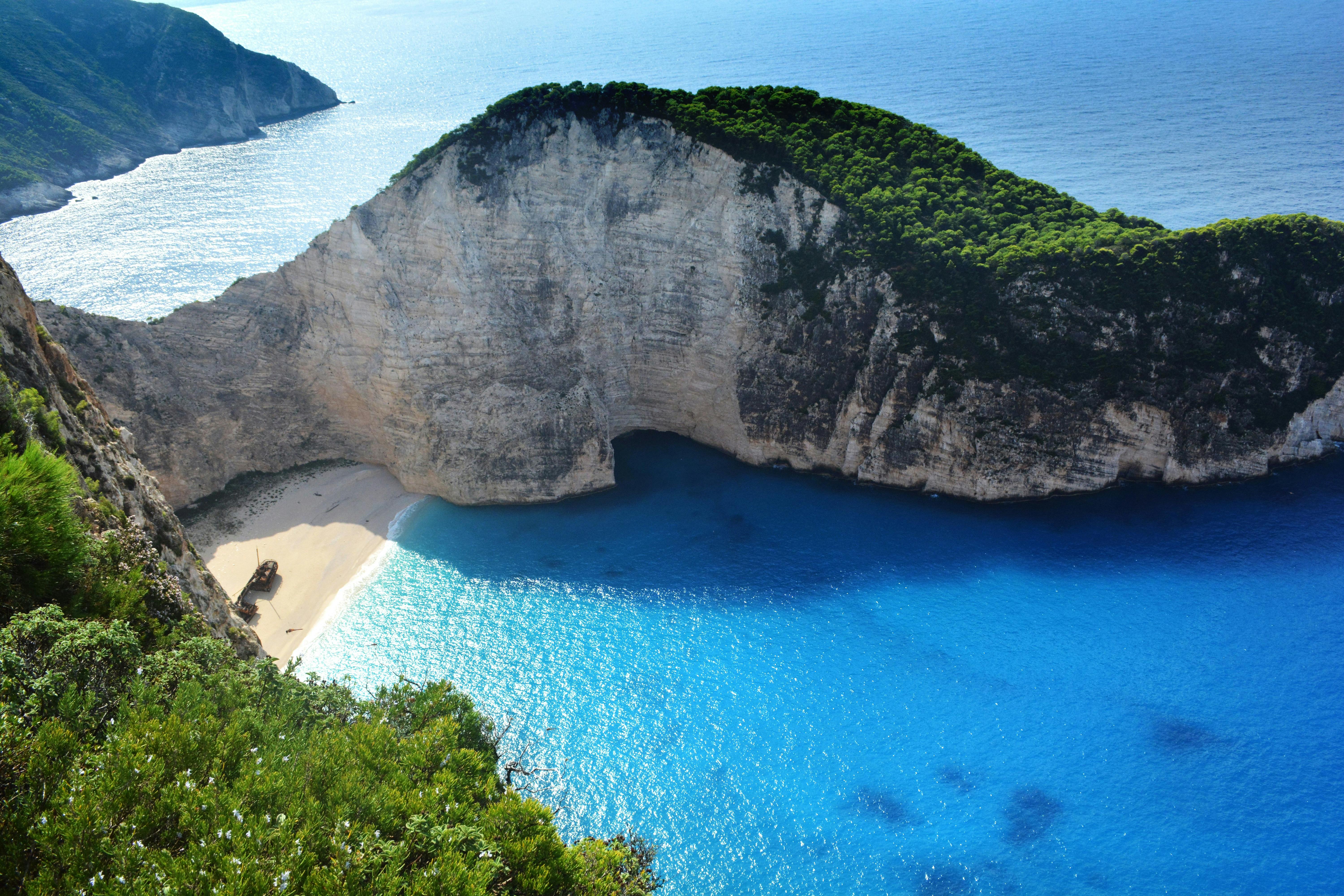
Celebration of the 200 Years of the Arrival of the Portuguese Royal Family in Brazil
Website design By BotEap.comEveryone knows that this year we are celebrating 200 years since the Portuguese royal family came to Rio, but how did Rio de Janeiro become what it is today? Here follows a brief summary of the historical facts of Rio de Janeiro:
Website design By BotEap.comGuanabara Bay was first discovered by explorers from Portugal in January 1502, which is how the January River, which translates as Rio de Janeioro, got its name. At the time, the Portuguese used ‘river’ for any larger body of water. Shortly thereafter, Europeans arrived from far and wide, and French smugglers were exploiting the bay as early as 1519. The first permanent European settlement in the area, called France Antarctica, was founded in 1555 by French naval officer Nicolas Durand de Villegaignon. . However, Villegaignon was forced to leave two years later after coming into conflict with the other settlers.
Website design By BotEap.comThe Portuguese knight Estacio de Sa officially founded the city in March 1565, calling it San Sebastian of Rio de Janeiro 20 (San Sebastian del Rio January 20). For many years, the common name of the city was Sao Sebastiao. Founded as a base from which France would conquer Antarctica, the French were driven out within two years. The exact site of the foundation of Rio de Janeiro is located at the foot of the Sugar Loaf. As it evolved over the years, the entire city was moved to the top of a hill, in keeping with medieval European defensive strategy, bringing the current city center in a south-westerly direction, an urban shift that continues to the present day. today.
Website design By BotEap.comSugar cane was the area’s first product, with slaves from Africa and domestic areas used for work. When the higher quality sugar cane from the northern districts of Brazil became more popular, this industry went into decline. In 1763, the colonial administration moved to the city of Rio de Janeiro. , and remained primarily a colonial capital until 1808, when the Portuguese royal family had to flee Napoleon’s invasion and ended up in Rio. Thereafter, the city served as the capital of the kingdom, becoming the only European capital located outside of Europe.
Website design By BotEap.comPrince Pedro I then declared independence from Brazil in 1822, but by this time the city’s economic and political importance was declining compared to São Paulo. However, it remained the capital even after the late 19th century, when the monarchy was overthrown and a republic was established in its place.
Website design By BotEap.comLater, in the first decades of the 20th century, Copacabana Beach The natural beauty combined with the charm of the Copacabana Palace Hotel gave Rio de Janeiro the reputation it retains to this day as a world-famous beach destination.